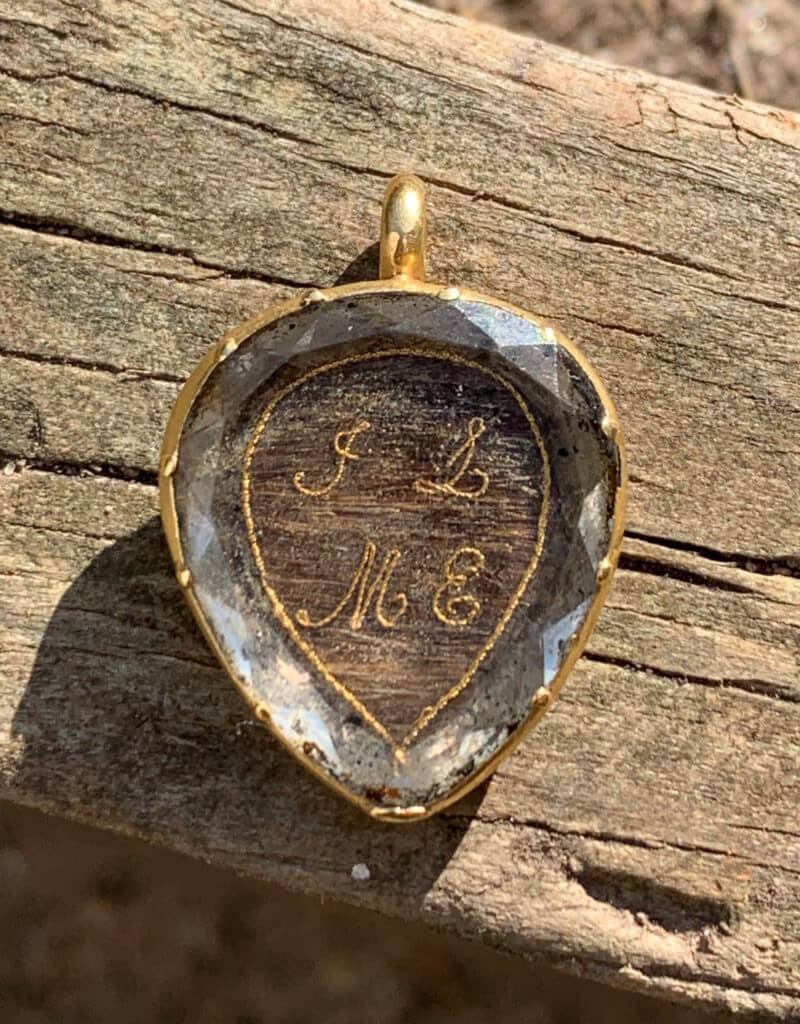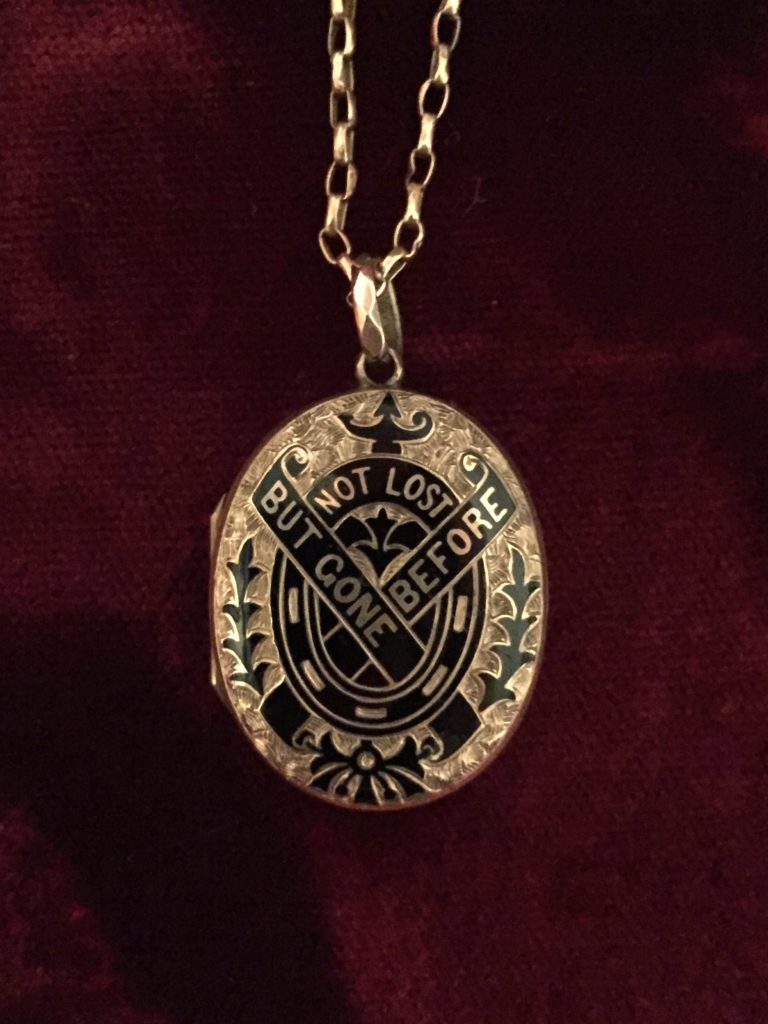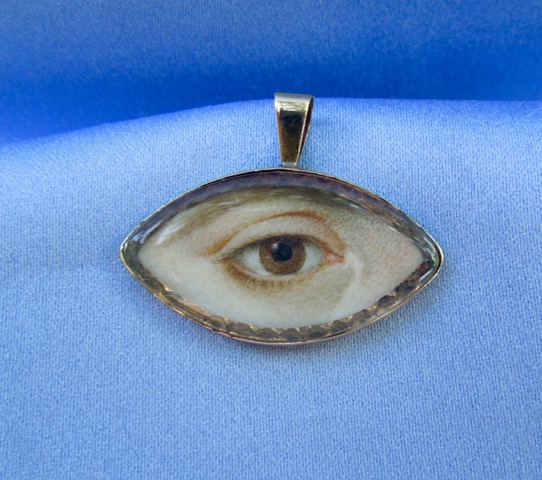Necklaces and Chains, An Overview
Necklaces can be worn as a fashion article, or hidden as a personal memento, and that is why lockets are still relevant today. Unlike jewellery that can be displayed, necklaces contain private symbols of affection and vary from memorial to sentimental jewellery. Their evolution and construction are also quite different, in that everything from pearls to hairwork can be used within the same period of time.
For the purposes of early-modern era sentimental and mourning jewellery, we will be focusing upon necklaces and pendants from the 17th century onwards. Historically, necklaces and chains have been one of humanity’s earliest accessories, with the purposes of wearing these tokens being for both sentimental and aesthetic value. By remaining within the early-modern era, we can focus upon the jewels that are part of our modern lexicon in terms of sentimental jewellery and expound upon the industries that created them.
Because of the materials used in the construction of necklaces, their continual usage has always been popular. From hair to photography, the mementos that can be kept inside a locket evolve as well as the pieces.
Ribbon slides of the 17th Century were worn on ribbon chains around the wrist and neck, but the focal point of that is the slide itself and not the ribbon it sits on. As individual pieces, necklaces become an important factor of sentimental jewellery with the rise of hairworking industries.
This necklace has its origins in the post 1860 era of sentimental jewellery, a time when the height of the hairworking industry mass produced similar tokens of affection for low cost. With the establishment of the industry, a person could offer the hair of a loved one to be woven into a jewel, which was more often than not discarded, with colour-matched hair being woven into the request token.
American prices for hairwork can be seen in this extract from Godey’s Armchair, February 1857, p. 188:
“HAIR ORNAMENTS–Ladies wishing hair made into bracelets, pins (which are very beautiful), necklaces or ear-rings, can be accommodated by our Fashion Editor. A very large number of orders have recently been filled, and the articles have given great satisfaction.
We give the prices at which we will send these beautiful articles:–
Breastpins, from $4 to $12.
Ear-rings, from $4 50 to $10.
Bracelets, from $3 to $15.
Rings, from $1 50 to $3.
Necklaces, from $6 to $15.
Fob-chains, from $6 to $12.
The Charms of Faith, Hope, and Charity, $4 50”

The October 8, 1853 edition of Gleason Pictorial Drawing-Room Companion adequately outlines the American fascination of hairwork; “to perfection to which this new art has been brought has led to the general adoption of these ornaments by the ladies, and they are now almost as much worn by the ‘upper ten’ as are golden ornaments; and that the effect – to say nothing of the pleasant ideal of thus wearing the hair of those we love and cherish – is incomparably superior to metallic jewelry, no person of good taste will venture to deny.” Hairwork is love and more sentimental than any metal could be, that is the non-fungible nature of hair as a material.
To further discuss the use of hairwork in jewellery and the industry from which it came, please read through A History of Hairworking – in this 13 part article series, I write about the society which created this industry and how it relates directly to mourning and sentimentality through the 17th to 20th centuries.








